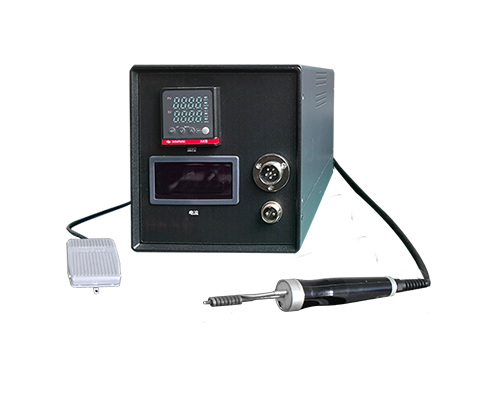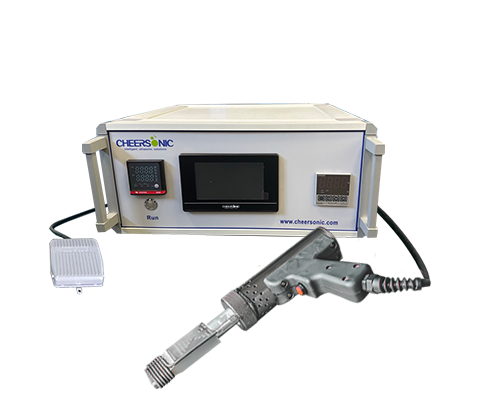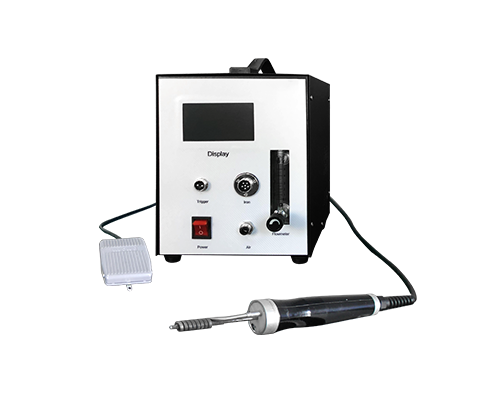As electronic products move toward thinner, lighter, and more integrated designs, flexible printed circuits , owing to their flexibility, thinness, and high space efficiency, have become core components in mobile phones, wearable devices, automotive electronics, and other fields. To meet the increasingly complex functional requirements of these devices, single-layer FPCs are gradually being replaced by multi-layer FPCs. By stacking multiple layers of circuits, they achieve higher signal transmission efficiency and component integration. However, this also presents key challenges in the soldering process: precise alignment control and thermal damage prevention.
The soldering of multi-layer FPCs presents a bottleneck due to two key pain points. First, the stringent precision requirements. The pads on each layer of a multi-layer FPC are often micron-sized, requiring perfect alignment between layers to ensure continuity. Any misalignment exceeding 0.1mm can easily lead to faults such as short circuits and poor contact, directly impacting product reliability. Second, the substrate material is highly thermally sensitive. Flexible printed circuit substrates are mostly made of polymer materials like polyimide, which have limited high-temperature resistance. Traditional hot-air soldering and soldering iron processes rely on high temperatures to melt the solder, often leading to substrate deformation, circuit oxidation, and even damage to interlayer bonding, shortening product lifespan.

Ultrasonic soldering technology overcomes these limitations at a fundamental level. Its core principle utilizes high-frequency ultrasonic vibrations of 20-40kHz to convert mechanical energy into localized heat, causing the solder to plastically flow at relatively low temperatures. Simultaneously, relying on a precision vision positioning system and mechanical transmission structure, it achieves precise alignment of multi-layer flexible printed circuits. The specific process flow begins with pre-treatment of the soldering surface. Micro-etching or plasma cleaning removes oxide layers and impurities from the surface of the flexible printed circuit (FPC) pads to ensure solder wettability. The second step involves intelligent alignment. A vision system captures the coordinates of each FPC pad in real time, guiding the robotic arm to precisely stack the multi-layer boards, with alignment errors controlled to within 0.05mm. The third step involves ultrasonic welding, where the welding head applies steady vibration energy and pressure to rapidly fill the gaps between the pads with solder, creating void-free, highly dense solder joints.
This technological advantage is particularly pronounced in real-world scenarios. In smartphone flexible display modules, multi-layer flexible printed circuits (FPCs) connect the display driver chip and the motherboard. Ultrasonic soldering's low heat input prevents heat-related image retention or damage to the flexible display, while ensuring stable signal transmission through precise alignment. In wearable devices, the soldering space for multi-layer FPCs is limited, and ultrasonic soldering can achieve reliable connections at micro-solder joints without complex tooling. In automotive electronics, multi-layer FPCs must withstand high-temperature cycling and vibration. Ultrasonic soldering creates solder joints with high mechanical strength and fatigue resistance, effectively reducing the risk of failure during long-term use. Furthermore, ultrasonic soldering offers strong adaptability to automation, seamlessly integrating with production lines and significantly improving mass production efficiency.
As the integration of electronic devices continues to increase, the number of layers in multi-layer FPCs will continue to increase, and the spacing between circuits will continue to decrease, placing higher demands on soldering technology. In the future, ultrasonic soldering technology will be upgraded to higher-frequency vibration control and AI-powered visual positioning optimization to further enhance alignment accuracy and process stability. It can be said that ultrasonic soldering is not only the core technical support for the current multi-layer flexible printed circuit welding, but will also help the flexible electronics industry to continue to make breakthroughs in the direction of lighter, more reliable and more highly integrated.





